In a bold move towards revolutionizing access to multimedia content, India’s government is spearheading the Direct-to-Mobile (D2M) technology initiative, aiming to deliver video streaming and broadcasting services directly to mobile phones without the need for an internet connection. This groundbreaking approach promises to transform content consumption patterns across the nation, particularly benefiting those in remote areas plagued by poor internet connectivity. However, this ambitious plan has not been warmly received by all, with significant pushback coming from telecommunications companies and smartphone manufacturers alike.
Telecommunications companies are voicing strong opposition to the D2M initiative, raising concerns about the fairness of spectrum allocation, the potential impact on their current services, and the financial implications of integrating this new technology with existing networks. Industry leaders argue that dedicating spectrum exclusively for D2M broadcasting would disrupt the level playing field, creating a preferential bias towards broadcasting at the expense of traditional telecom services. There’s also apprehension regarding the technological and logistical challenges of merging D2M broadcasting capabilities with current cellular networks, which could result in suboptimal utilization of resources and infrastructure.
The D2M technology, likened to FM radio or Direct-to-Home (DTH) services, aims to enable the delivery of live TV, streaming services, and other multimedia content directly to mobile devices, bypassing the need for internet connectivity. This innovative solution could significantly impact India’s digital landscape by offering an alternative means of content delivery, especially in areas with limited internet access. The government has initiated pilot projects in 19 cities to test the feasibility and effectiveness of D2M technology, with the potential for nationwide expansion pending successful outcomes.
Despite the optimism surrounding D2M’s potential to bridge the digital divide, the path to its widespread adoption is fraught with hurdles. The technology’s integration demands specific hardware components in mobile devices, possibly necessitating a reevaluation of manufacturing standards and leading to increased costs for consumers. Furthermore, the Telecommunication Engineering Centre (TEC) highlights substantial challenges in adopting D2M, including compatibility issues with existing mobile devices, infrastructural demands, and the economic viability of such a transformation.
Adding another layer to the controversy, telecom companies are lobbying for the auction of the spectrum allocated for D2M broadcasting, arguing that the technology is still in its infancy and requires further development before it can be commercially viable. They emphasize their interest in using the spectrum not just for mobility services but also for broadcasting video services, suggesting a complex interplay of interests that could shape the future of multimedia content delivery in India.
As key stakeholders, including government departments, academic institutions, and industry representatives, convene to deliberate the future of D2M technology, the discussions underscore a pivotal moment for India’s telecommunications and digital content landscapes. The outcome could either pave the way for an innovative method of content delivery that transcends internet limitations or trigger a reevaluation of the balance between traditional telecom services and emerging broadcasting technologies.
This unfolding scenario presents a crucial test of India’s ability to navigate the complex dynamics of technological innovation, regulatory challenges, and industry concerns. As the debate over D2M technology continues, the nation stands at the crossroads of a potential digital revolution that could redefine the accessibility of multimedia content for millions of its citizens.














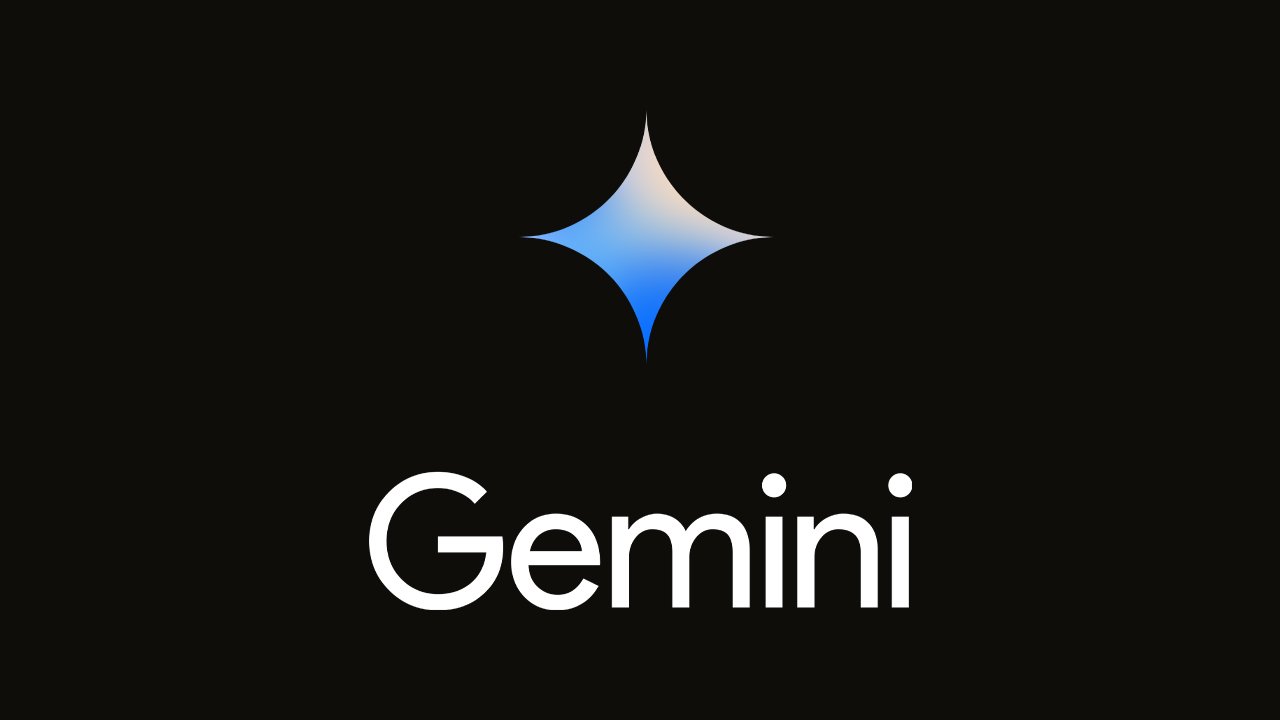
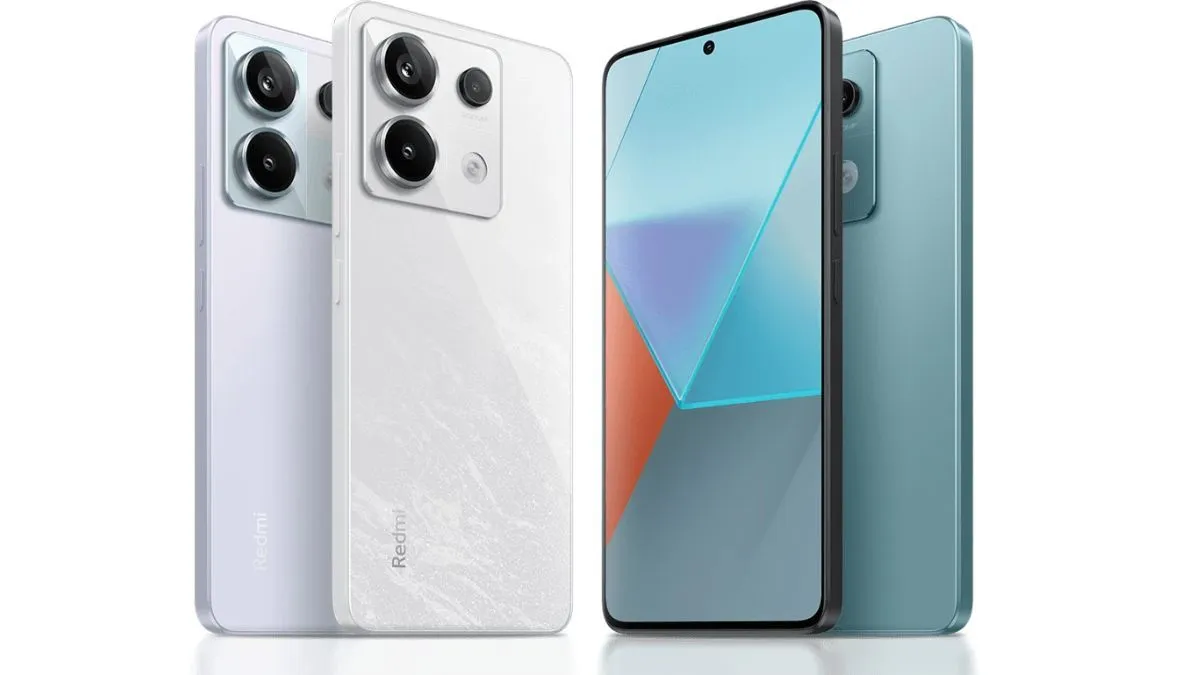
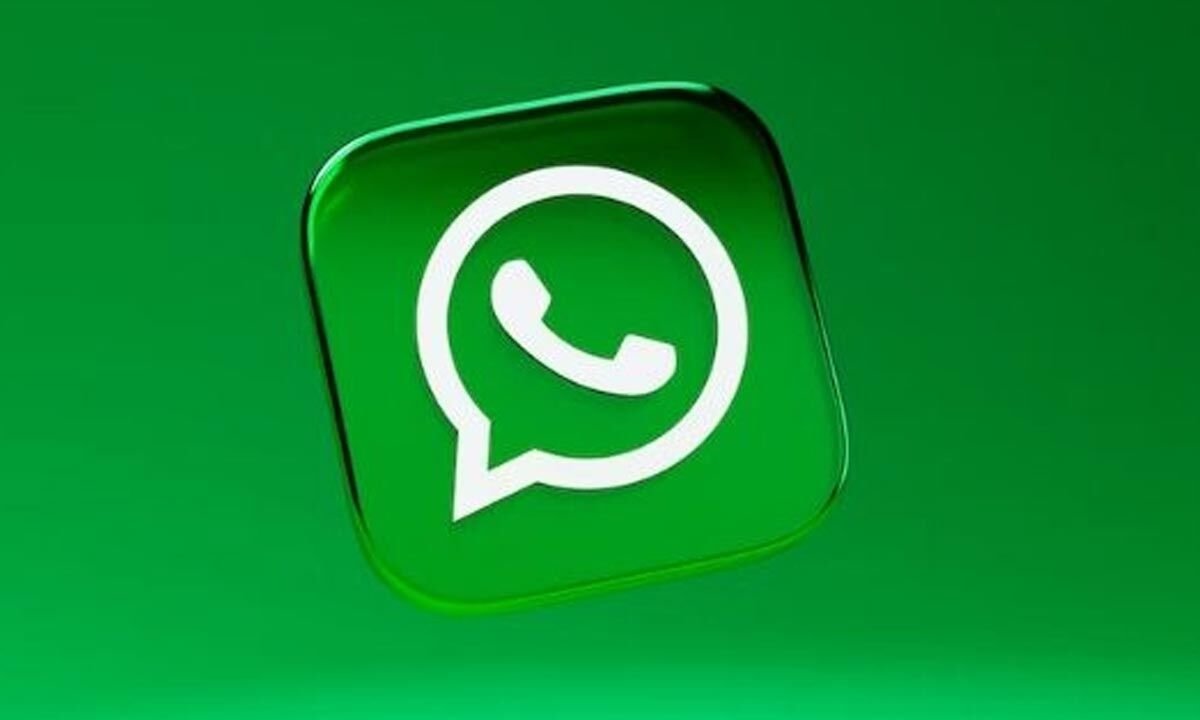

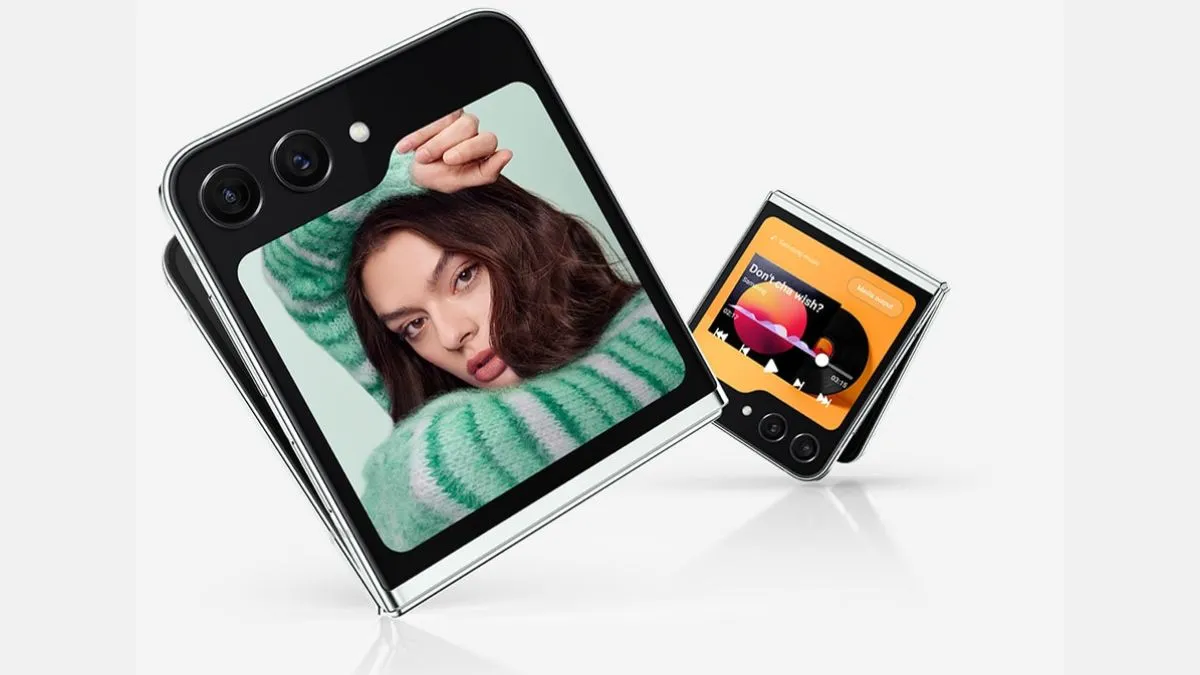

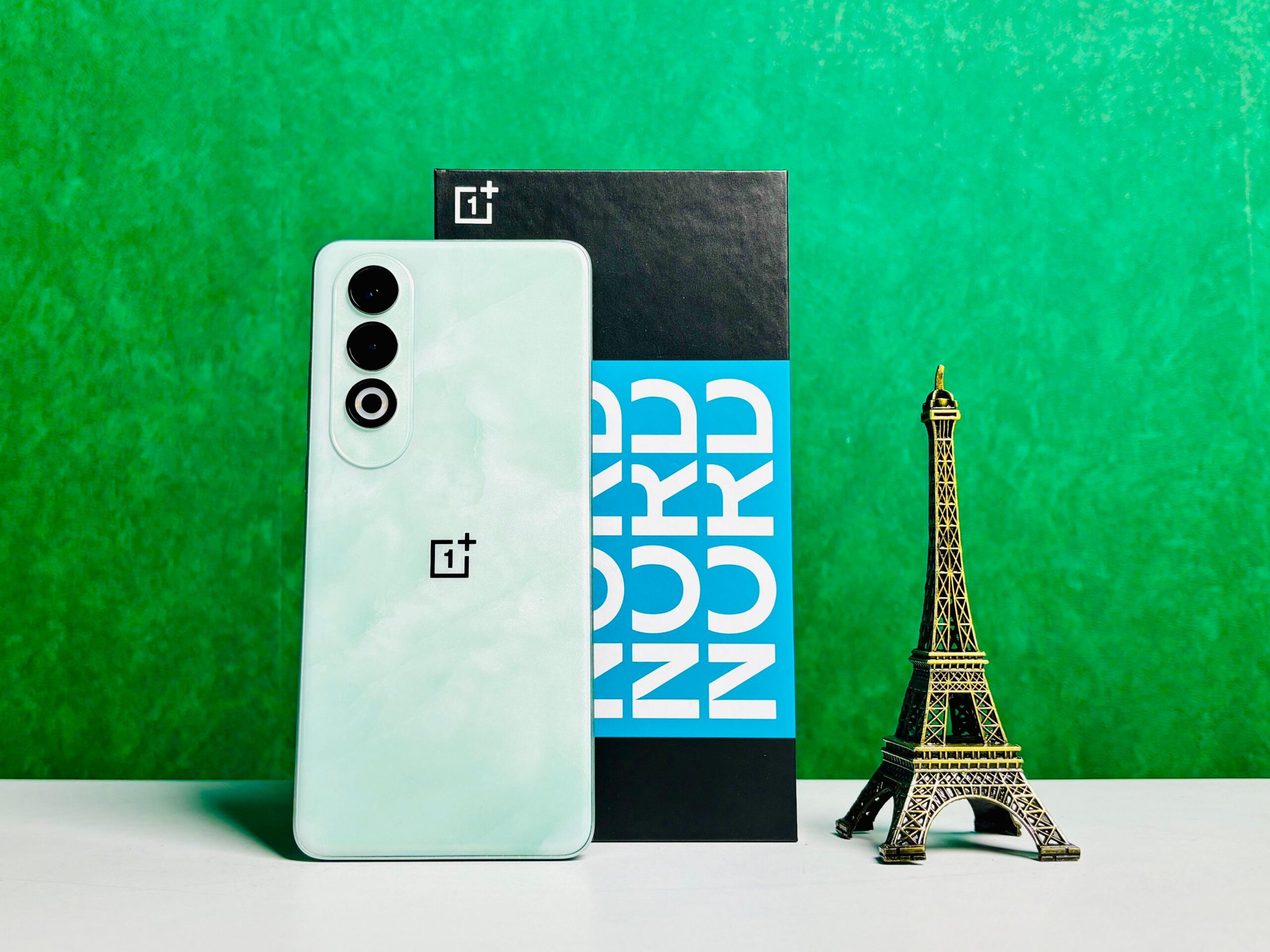

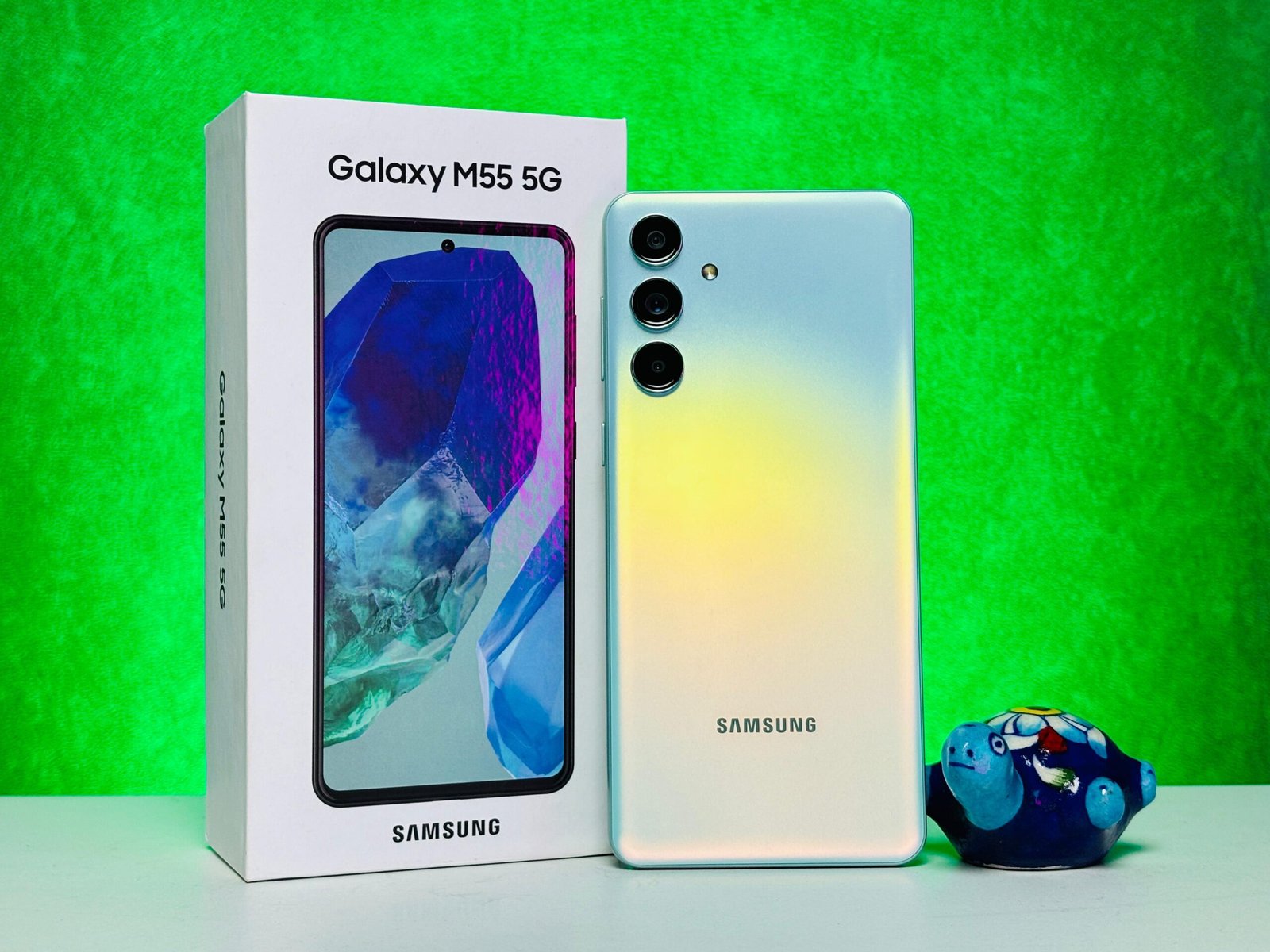
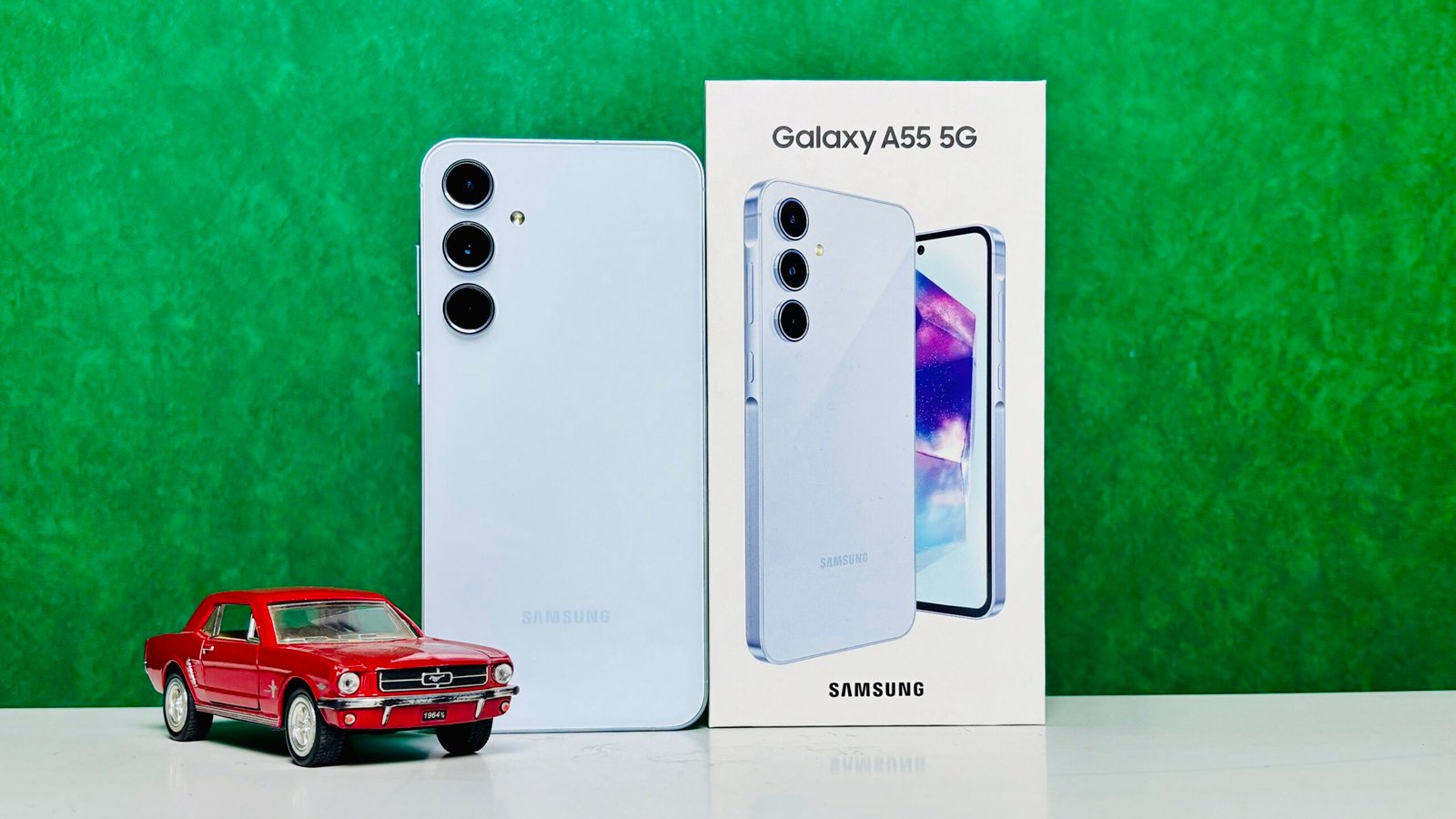
Add Comment